Transistors operate in three modes: cutoff, active (amplification), and saturation. In digital applications, we typically use transistors in cutoff and saturation modes to function as electronic switches.
1. NPN Transistor in Saturation Mode — Switch ON
When base current Ib ≥ 1mA, the NPN transistor enters saturation mode:
The collector-emitter path conducts;
The collector voltage drops close to 0V (GND);
The load (RL) gets nearly full supply voltage across its terminals.
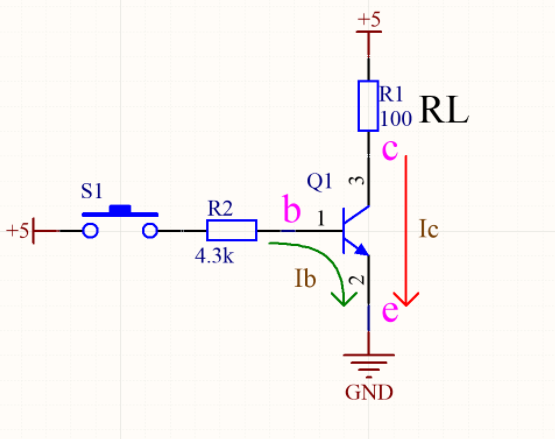
Figure 1: NPN Transistor Circuit
A pushbutton S1 provides ≈1mA base current. The emitter is grounded, and the load is placed between Vcc and the collector.
Note: The voltage drop between base and emitter (V_BE) is around 0.6–0.7V.
2. PNP Transistor in Saturation Mode — Switch ON
For a PNP transistor:
When the base voltage is pulled low (≈0.7V below emitter), and Ib ≥ 1mA, the transistor saturates;
The emitter-collector path conducts;
The collector voltage approaches Vcc.

Figure 2: PNP Transistor Circuit
Pressing switch S2 provides ≈1mA base current. The emitter is connected to Vcc, the load is between the collector and GND.
3. Pull-Down Resistor for NPN Base
To ensure fast turn-off and stable logic when input is disconnected:
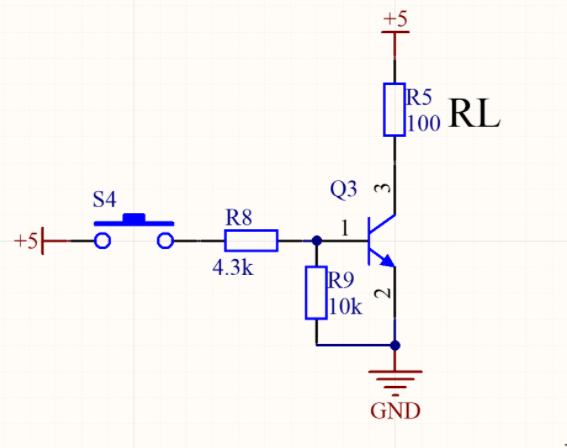
Figure 3: NPN Transistor with Pull-Down Resistor
This helps discharge the base-emitter capacitance and ensures the transistor remains OFF when no input is applied.
4. Pull-Up Resistor for PNP Base
Same concept applies for PNP transistors:
Figure 4: PNP Transistor with Pull-Up Resistor
Stabilizes base voltage and improves response time.
5. Flyback Diode for Inductive Load Protection
Inductive loads (e.g., relays, buzzers) generate high-voltage spikes when switched OFF. This spike can damage the transistor.
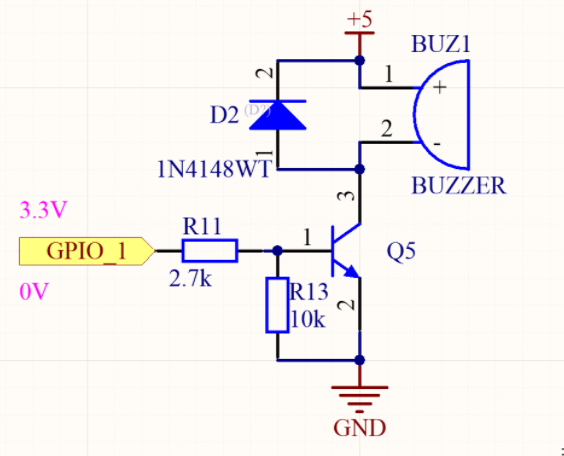
Figure 5: NPN Transistor Driving a Buzzer with Flyback Diode
The diode protects the transistor from reverse EMF. Fast recovery or Schottky diodes (like 1N5819) are recommended.
6. Clamping Diode for Weak Low-Level Signals
Some control signals may not pull the base fully to 0V. This can cause incomplete cutoff.
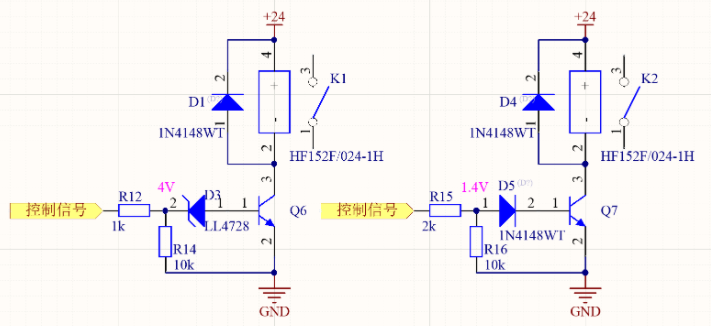
Figure 6: NPN Transistor Driving Relay with Clamping Diode
Useful with open-collector (OC) outputs, delayed signals, or diode-isolated signals. Avoid this for push-pull outputs.
7. Delay-On, Fast-Off Circuit with BJTs
This circuit enables:
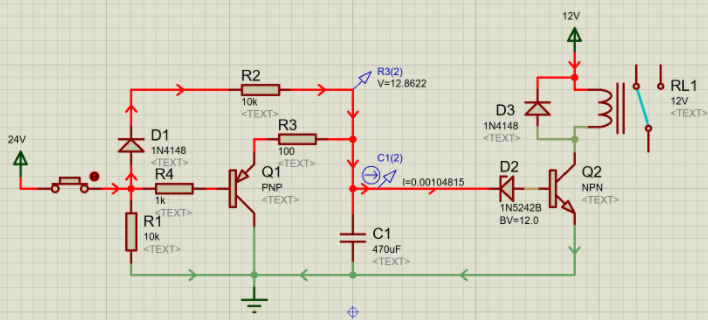
Figure 7: Transistor-Based Delay Control for Relay
When C1 charges to 12V, Q2 turns ON. Q1 helps quickly discharge C1 during turn-off.
Design Tips Summary
V_BE ≈ 0.7V (NPN), V_EB ≈ 0.7V (PNP) to turn on;
Ib ≥ 1mA ensures saturation in small-signal BJTs;
Add pull-down (NPN) or pull-up (PNP) resistors on the base;
Always use flyback diode for inductive loads;
Add clamping diodes for noisy/uncertain logic inputs;
Design delay control with RC + transistor discharge path;
Assume β = 10–20 for switch mode, even if the datasheet shows β > 100.


 MCU Solutions
MCU Solutions PCBA Solutions
PCBA Solutions Bluetooth Solutions
Bluetooth Solutions
 FAQ
FAQ Contact Us
Contact Us
 Company News
Company News Technology News
Technology News Industry News
Industry News PCBA News
PCBA News
 Company Profile
Company Profile Certificates
Certificates Terms & Conditions
Terms & Conditions Privacy Statement
Privacy Statement
 Home Appliances
Home Appliances Beauty Appliances
Beauty Appliances Lighting
Lighting Kid's Toys
Kid's Toys Security Alarm
Security Alarm Health Care
Health Care





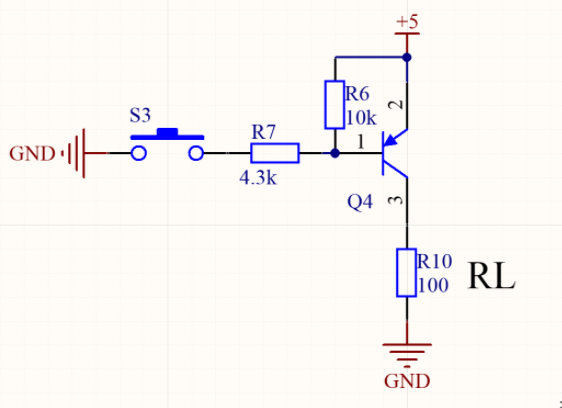



 More information?
More information?






